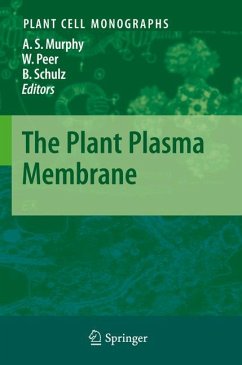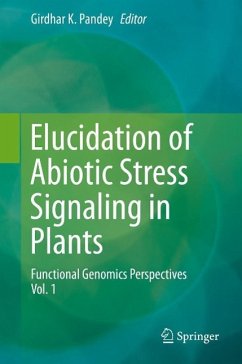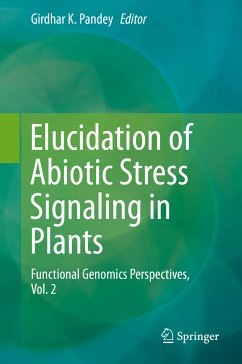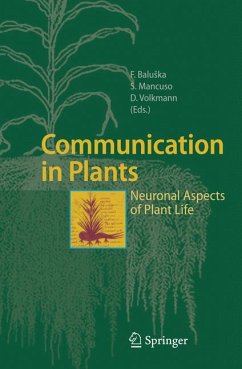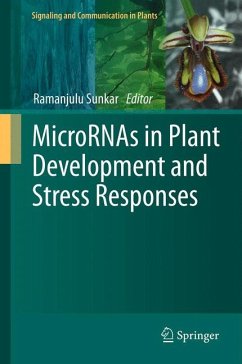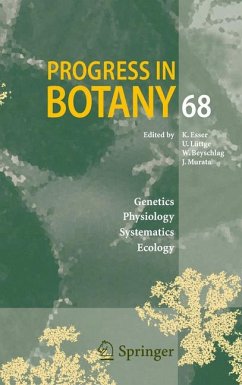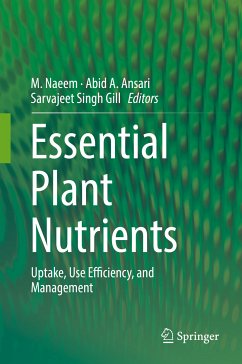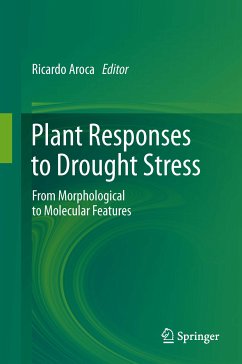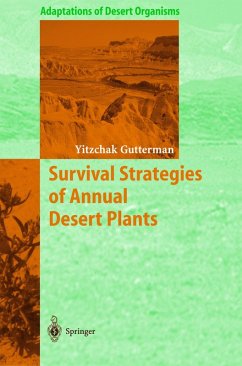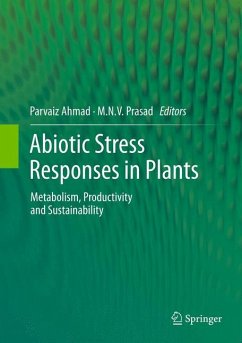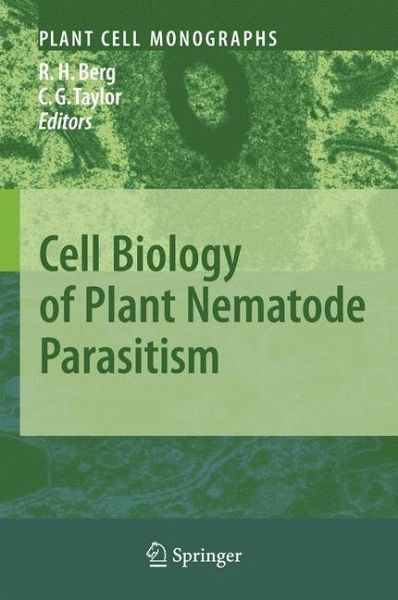
Cell Biology of Plant Nematode Parasitism (eBook, PDF)
Versandkostenfrei!
Sofort per Download lieferbar
112,95 €
inkl. MwSt.
Weitere Ausgaben:

PAYBACK Punkte
56 °P sammeln!
Plant-parasitic nematodes are among the most destructive plant pathogens, causing enormous losses to agronomic crops worldwide. This book provides an up-to-date review of research related to two of the most important nematode pests, root-knot and cyst nematodes. Chapters cover early plant-nematode interactions, identification of nematode proteins important in the establishment of nematode feeding sites, and classification of biochemical and signaling pathways significant in the development of specialized feeding sites in the host. The cellular and subcellular structures essential for the paras...
Plant-parasitic nematodes are among the most destructive plant pathogens, causing enormous losses to agronomic crops worldwide. This book provides an up-to-date review of research related to two of the most important nematode pests, root-knot and cyst nematodes. Chapters cover early plant-nematode interactions, identification of nematode proteins important in the establishment of nematode feeding sites, and classification of biochemical and signaling pathways significant in the development of specialized feeding sites in the host. The cellular and subcellular structures essential for the parasitic interaction are examined by light and electron microscopy. Modern techniques of gene expression analyses and genomic sequencing are poised to provide an even greater wealth of information to researchers, enabling them to develop and examine natural and manmade mechanisms of resistance to this important plant pest.
Dieser Download kann aus rechtlichen Gründen nur mit Rechnungsadresse in A, B, BG, CY, CZ, D, DK, EW, E, FIN, F, GR, HR, H, IRL, I, LT, L, LR, M, NL, PL, P, R, S, SLO, SK ausgeliefert werden.




